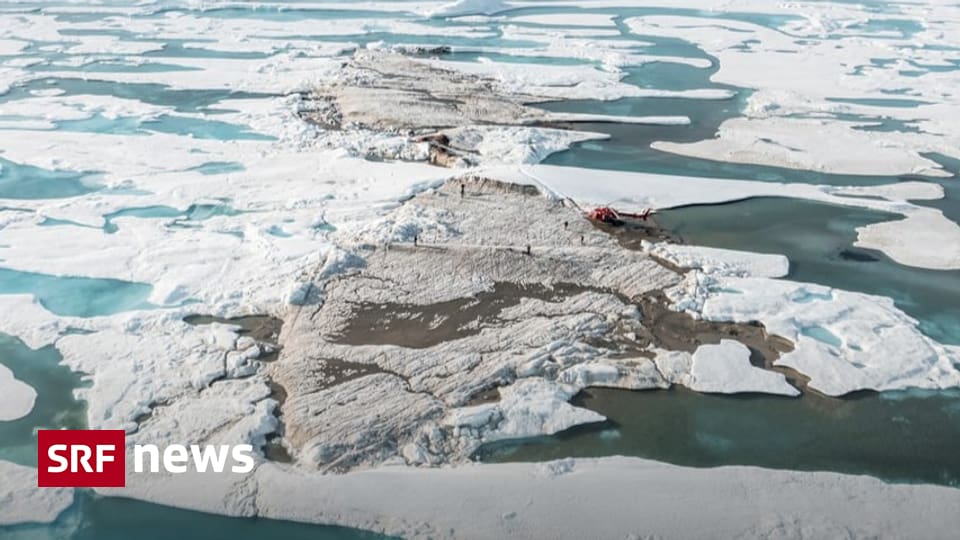Researchers accidentally discovered the northernmost island in the world during an expedition off the coast of Greenland. Its diameter is about 30 meters, the highest point rising about three meters above sea level.
The island arose from under the melting ice; It is located about 780 meters northwest of the island, which was previously considered the northernmost point in the world.
Legend:
The newly discovered island is said to be called “Qartak Avanarlek”.
Reuters
“We had no intention of discovering a new island,” said polar explorer Morten Rush. “We only went there to collect samples.” Scientists initially believed that they had reached Oodaaq Island, an island discovered by a Danish research team in 1978. Only later, upon careful examination of the site, did they discover that they were on another island, 780 meters northwest.
“Everyone was so happy we supposedly found Udaq Island,” said Swiss entrepreneur Christian Lister, founder of the Lister Foundation, which funded the expedition. “It’s a bit like explorers in the past who thought they’d end up in one place, but actually ended up in a completely different place.”
The small new island, about 30 meters in diameter and about three meters high, is made up of mud, earth and rocks left behind by the glaciers. The researchers suggest naming the island “Qeqertaq Avannarleq”, which means “the northernmost island” in Greenland.
Many searched before to no avail
In the past few decades, several American expeditions in this region have searched for the northernmost island in the world. Scientists say that although it has experienced mass ice shifting, the island’s appearance is not a direct result of global warming.
The region north of Greenland has one of the thickest layers of polar ice, said Rene Forsberg, professor and chair of the geodynamics department at the Danish National Space Institute. He added, however, that the ice is now only two to three meters thick in summer. When he first visited the area in 1978 as part of an expedition that discovered Udaq, the ice was four meters thick.
Probably no new territorial claims
A country’s ability to expand its territorial claims in the Arctic depends on whether it is actually an island — or whether it’s just the kind of sand that can disappear again. The island must be above sea level even at high tide. According to Forsberg, the new island meets these criteria. “This is currently the northernmost piece of land in the world.”
But Forsberg, an adviser to the Danish government, said it was unlikely that Denmark’s territorial claim north of Greenland would change as a result. Because: “These little islands come and go.”

“Typical entrepreneur. Lifelong beer expert. Hipster-friendly internet buff. Analyst. Social media enthusiast.”






More Stories
Treasure from a Baltic Shipwreck: Champagne and Mineral Water Discovered – News
US Election Year 2024 – Trump Celebrated as Pop Star at Party Conventions – News
Donald Trump’s photo after assassination attempt: What does it mean? – News